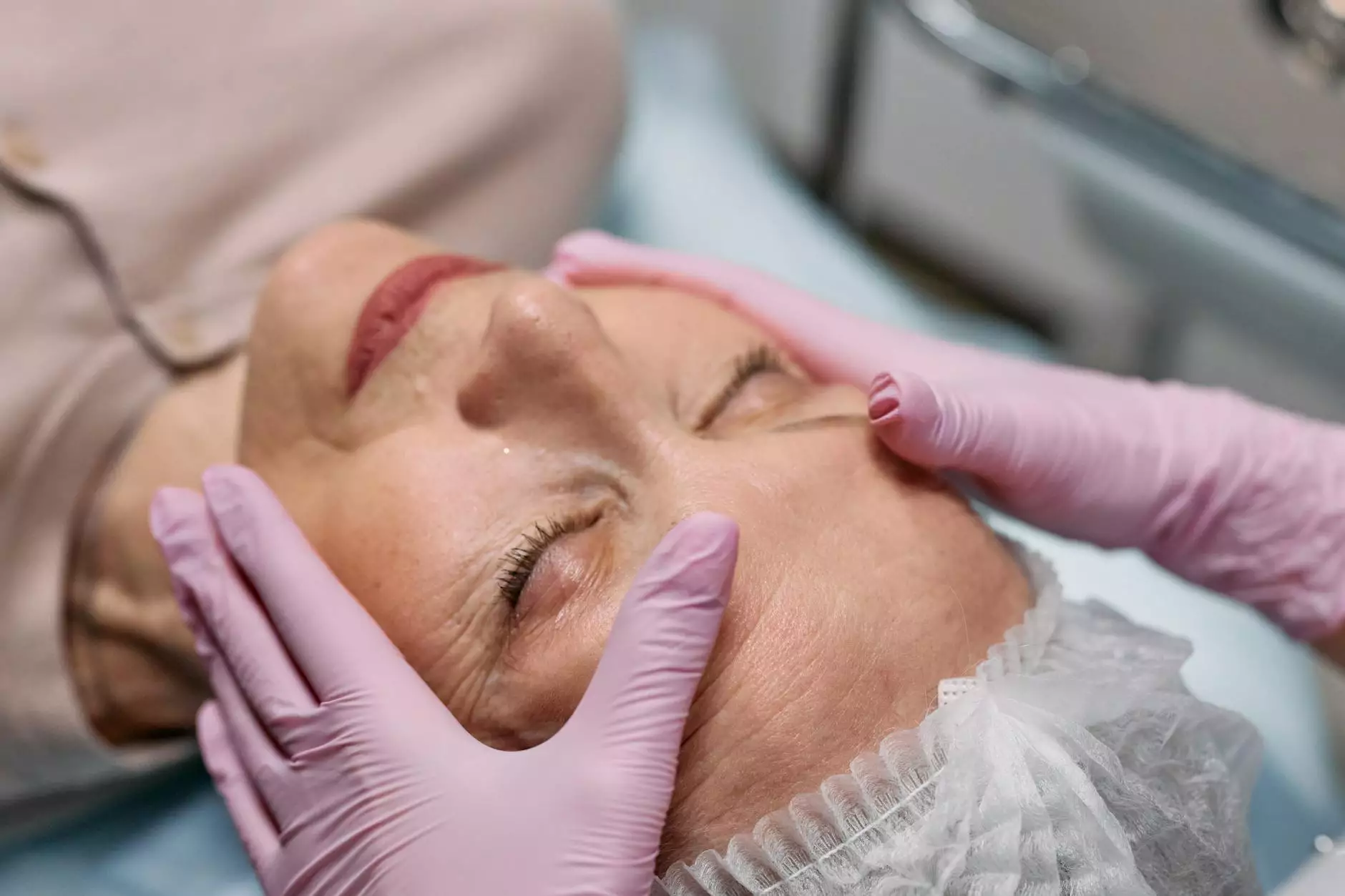Understanding the Procedure for Pneumothorax

Pneumothorax is a serious medical condition characterized by the accumulation of air in the pleural space, your lungs' lining. This can lead to increased pressure on the lungs, potentially causing them to collapse. The procedure for pneumothorax is therefore critical for restoring normal breathing and preventing further complications.
What is Pneumothorax?
Pneumothorax occurs when air leaks into the pleural space, which is the area between the lungs and the chest wall. This air can come from different sources:
- Spontaneous pneumothorax: This type can occur without any obvious cause and is often seen in young, tall, and thin individuals.
- Traumatic pneumothorax: Resulting from physical injury or trauma to the chest, such as a car accident or a stab wound.
- Secondary pneumothorax: This can occur as a complication of lung diseases such as COPD, cystic fibrosis, or pneumonia.
Symptoms of Pneumothorax
The symptoms of pneumothorax can vary depending on the size and cause of the air leak. Common symptoms include:
- Sudden chest pain: This pain typically feels sharp and may worsen with deep breathing or coughing.
- Shortness of breath: This may range from mild to severe, depending on the extent of lung collapse.
- Tachycardia: An increased heart rate can also be observed as the body attempts to cope with the situation.
- Decreased breath sounds: The doctor may notice reduced breath sounds on the affected side during an examination.
Diagnosing Pneumothorax
To diagnose pneumothorax, healthcare professionals use a variety of methods:
- Physical examination: Initial assessments often include thorough inspection and auscultation of the chest.
- Chest X-ray: This is the standard imaging test used to visualize air in the pleural space.
- CT scans: In complex cases or when looking for an underlying cause, a CT scan may provide more detailed information.
Understanding the Procedure for Pneumothorax
The procedure for pneumothorax typically involves one of several treatment options based on the severity of the condition:
1. Observation
In minor cases, especially spontaneous pneumothorax, doctors may recommend a period of observation. This is suitable when symptoms are minimal and the pneumothorax is small. Patients are monitored for changes in their condition, and follow-up X-rays are performed to ensure the air is reabsorbing.
2. Needle Thoracostomy
For larger pneumothoraces or when symptoms are significant, a needle thoracostomy is often performed. This procedure involves:
- Identifying the appropriate site, typically the second intercostal space, on the midclavicular line.
- Inserting a large-bore needle to allow the trapped air to escape.
- Monitoring the patient closely for any complications post-procedure.
3. Chest Tube Insertion
If air continues to accumulate or if there is significant lung collapse, insertion of a chest tube might be the necessary treatment. The procedure involves:
- Administering local anesthesia to numb the area.
- Making a small incision in the chest wall and inserting a catheter into the pleural space.
- Connecting the tube to a suction device to help remove air and restore lung function.
4. Surgery
In cases of recurrent pneumothorax or when other treatments fail, surgical intervention may be warranted. This can include:
- VATS (Video-Assisted Thoracoscopic Surgery): This minimally invasive procedure allows for visualization and repair of the damaged lung tissue.
- Open thoracotomy: A more invasive option that may be necessary in complex cases or severe lung injury.
Post-Procedure Care
After undergoing a procedure for pneumothorax, patient care usually includes:
- Monitoring: Continuous observation for respiratory status, vital signs, and signs of complications.
- Pain management: Prescribing medication to manage pain and improve recovery comfort.
- Follow-up appointments: Scheduling follow-ups to assess lung function and ensure complete resolution of the pneumothorax.
The Importance of Specialized Medical Care
Seeking treatment from experienced healthcare professionals, like those at Neumark Surgery, is essential for managing pneumothorax effectively. These specialists are equipped with the knowledge and technical skills necessary to:
- Perform precise diagnoses and tailor treatment plans specific to each individual.
- Utilize advanced medical technology for accurate assessments.
- Provide postoperative care that ensures patients achieve optimal recovery.
Preventing Pneumothorax
While not all instances of pneumothorax can be prevented, certain strategies can help reduce the risk. These include:
- Avoiding smoking: Smoking increases the risk of lung diseases that can lead to pneumothorax.
- Careful management of lung conditions: Regular check-ups for chronic respiratory issues can help monitor any potential risks.
- Wearing protective gear: In high-risk occupations or sports, using appropriate protective equipment can minimize the risk of trauma-induced pneumothorax.
Conclusion
The procedure for pneumothorax is a vital part of lung health care that requires prompt attention and specialized medical support. Understanding this condition, its symptoms, diagnostic methods, and treatment procedures are essential for anyone at risk or affected by pneumothorax. Always consult with healthcare experts, such as those at Neumark Surgery, for the best possible outcomes in managing lung health.
By raising awareness of the pneumothorax procedure and ensuring easy access to information and healthcare resources, patients can be better prepared to handle this alarming condition should it arise.
procedure for pneumothorax


